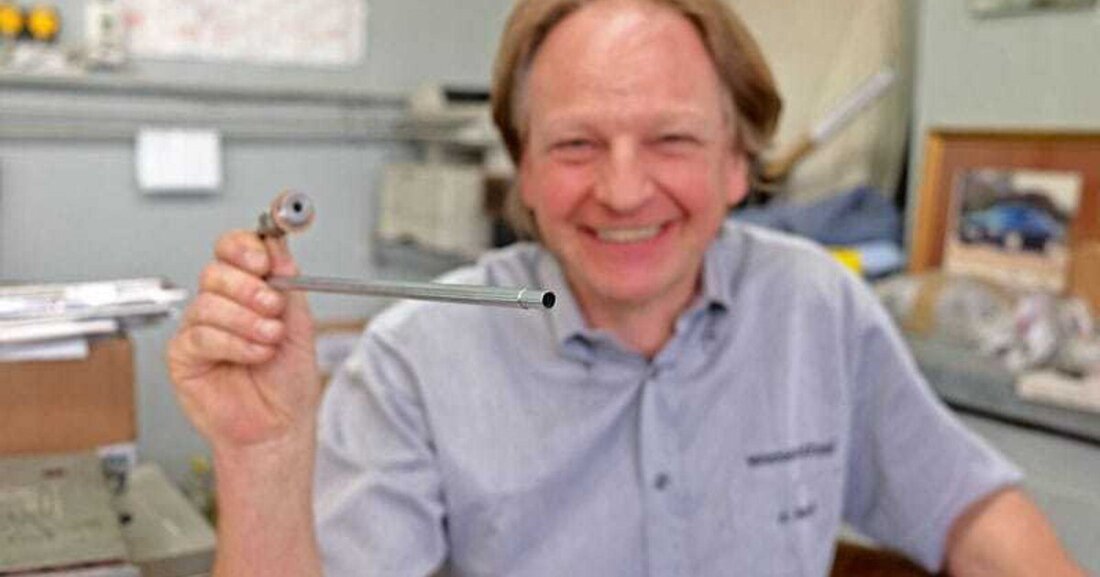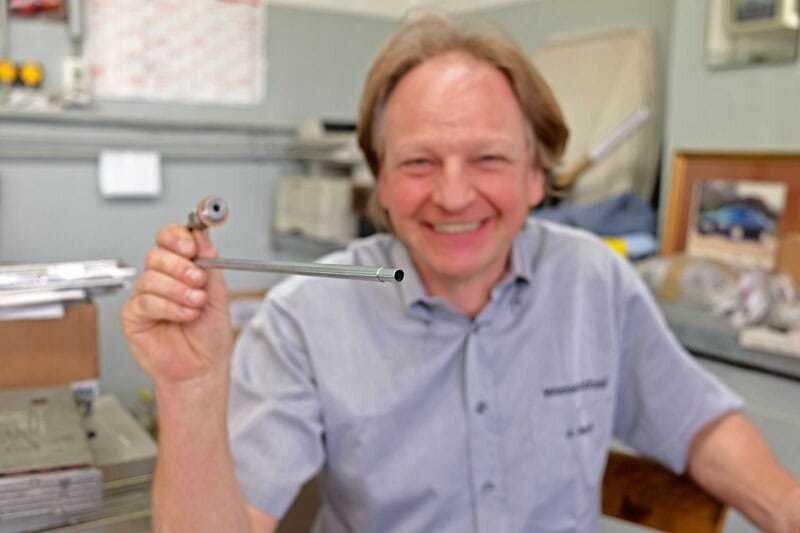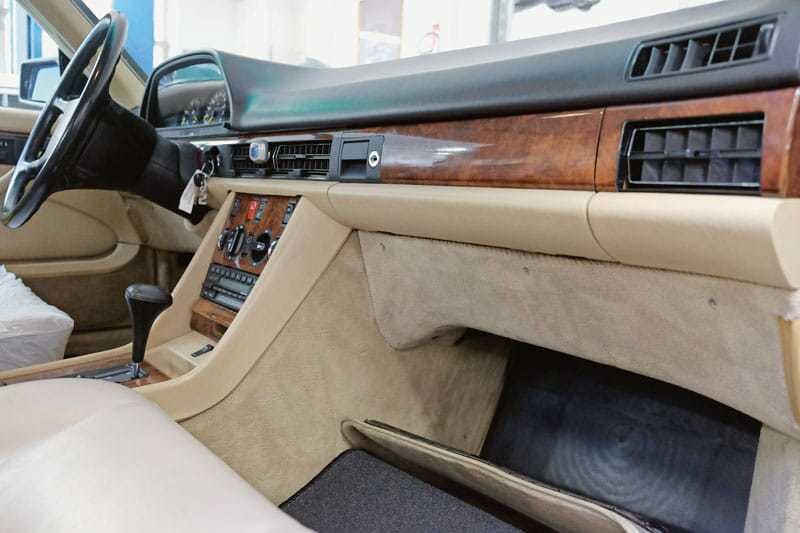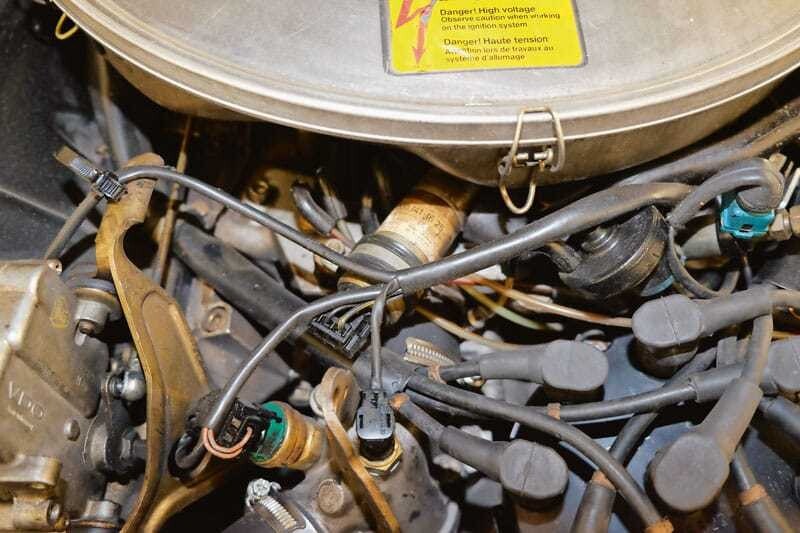Mercedes 560 SEC AMG: Beauty with a soot flag
For Mercedes specialist Andreas Mandl, the 560 SEC AMG Coupé is one of the most beautiful cars ever built. However, the classic car that ends up in his workshop has a flaw: black soot is blowing from its exhaust.

Mercedes 560 SEC AMG: Beauty with a soot flag



A Viennese collector of historic AMG models purchased the black 560 coupé, built in 1987, relatively cheaply in Japan due to an unexplained defect in the injection system and imported it to Austria. The 385 hp 6.0 liter 4-valve V8 petrol engine can be started without any problems, but while driving it pollutes the environment with black clouds of soot before it dies after about 20 minutes of idling. It can only be started again after a long period of cooling. The collector takes the piece of jewelry to the specialist, the Wiesenthal Classic Service team in Vienna-Wieden, which is headed by Andreas Mandl. “I've been working on premium vehicles like this for around 35 years, but in this case even I learned something,” admits the expert. Because troubleshooting turns into a diagnostic mystery with false leads and wrong turns.
Troubleshooting in detail:
▶ Service on the ignition and injection system, replacement of wearing parts including spark plugs. It turns out that the idle speed control is not working.
▶ For cost reasons, the cylindrical part is not replaced, but rather washed out and the carbon deposits are removed with a solvent. Conclusion: When removed, the idle speed control works perfectly.
▶ After installation the same problem, the idle speed control failed again. A check shows that the power supply from the control unit is interrupted. After studying the circuit diagram, the Classic service team contacts the manufacturer AMG in Affalterbach, Germany. “Fortunately, there was an older employee there who remembered the model and gave us the crucial clue,” says Andreas Mandl. In fact, a fuse on the idle speed control unit behind a cover under the dashboard is defective and needs to be replaced - the problem appears to be solved.
▶ The still rough idling and the catastrophic exhaust emissions make further troubleshooting necessary. “We dug out our school knowledge and disconnected the lambda sensor so that the automatic mixture control didn’t mess up the measurement results,” says Mandl.
▶ Result of the investigation: An injector got stuck. The result: gasoline flows unhindered into one of eight combustion chambers, and the mixture in the other seven cylinders is regulated far too lean by the control unit to compensate.
▶ The valve is replaced, now idling is nice, but the basic CO setting of 2-2.5% according to AMG still cannot be set correctly. The experts call another crisis meeting and consider: The basic setting of the CO values actually needs to be measured before the catalytic converter. The problem is that there are no test openings on the exhaust manifolds. Luckily, AMG can supply a special tool that screws into the exhaust instead of the lambda sensor. “If we had taken more time to think about it, we would have figured it out sooner,” admits Andreas Mandl.
▶ However, after the injection system has been correctly adjusted and the lambda sensor has been reinstalled, the Classic service team is once again faced with long faces: the exhaust gas values are still significantly increased.
▶ A careful test drive on the highway brings the catalytic converter to operating temperature, and lo and behold: the subsequent measurement shows exemplary results with a CO value of 0.0, an HC value of 5 and a lambda value of 1.0.
Conclusion
Case solved, the almost 30-year-old luxury coupe now has better emissions values than many current new cars. The expert's conclusion: "We knew that an exhaust gas catalytic converter requires a certain operating temperature, but until now we were unaware that the difference in effect between a catalytic converter that is at operating temperature and a cold one is actually so great!"

 Suche
Suche
 Mein Konto
Mein Konto